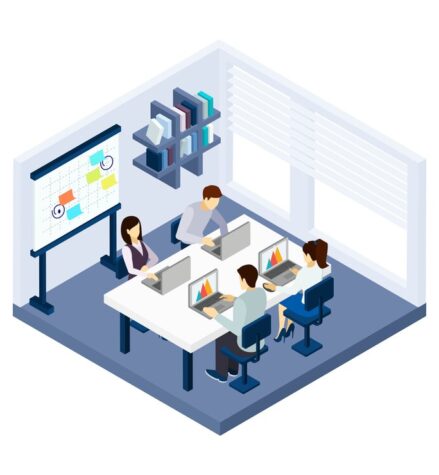First stage of Digital Transformation
Business as usual
- A manufacturing company that relies on manual data entry and paper-based production schedules.
- A retail store that uses a traditional point-of-sale system with limited customer analytics capabilities.
- A bank that processes loan applications and manages accounts primarily through paper forms.
In today’s digital world, staying in this stage for too long can hinder an organization’s ability to:
- Compete Effectively
- Improve Efficiency
- Gain Insights
- Adapt to Change:
Internal
Senior Management
Employees
IT Department
Department Heads & Business Unit Leaders
External
Customers & End-Users
Suppliers & Partners
Investors & Shareholders
The ROI for Digital Transformation is both tangible and non-tangible. On tangible side, it may vary for different use-cases. But, in most cases it is max 2-3 years. On intangible side, it improves the work culture and processes.



This is the starting point where organizations rely on traditional methods and processes.
Operations are typically manual or paper-based, with limited use of digital technology.
Business as Usual (BAU) is the first stage in the digital transformation journey and refers to a state where an organization operates with its traditional methods and processes.
Here's a deeper dive into what BAU entails:
Limited Technology Integration:
Think manual workflows, paper-based records, and a reliance on legacy systems. Digital tools might be present, but they're not widely used or strategically integrated.
Focus on Internal Processes:
The primary concern is on keeping the current operations running smoothly. Innovation and exploring new technologies are not top priorities.
Reactive Approach:
Organizations in the BAU stage typically react to challenges as they arise, rather than proactively seeking ways to improve through digital solutions.
Siloed Departments:
Departments often function independently with limited communication and collaboration. Data sharing across departments might be minimal.
The business landscape is constantly evolving. Organizations that are not digitally agile may struggle to adapt to new technologies and market trends.
Transitioning from BAU to the next stage of digital transformation involves:
Digital Awareness:
Building awareness within the leadership team and workforce about the importance of digital technologies.
Strategic Planning:
Developing a roadmap for digital transformation that aligns with the organization's overall goals.
Pilot Projects:
Experimenting with new digital tools and technologies to identify solutions that can address specific business challenges.
By taking these steps, organizations can begin their journey towards a more digital future.





